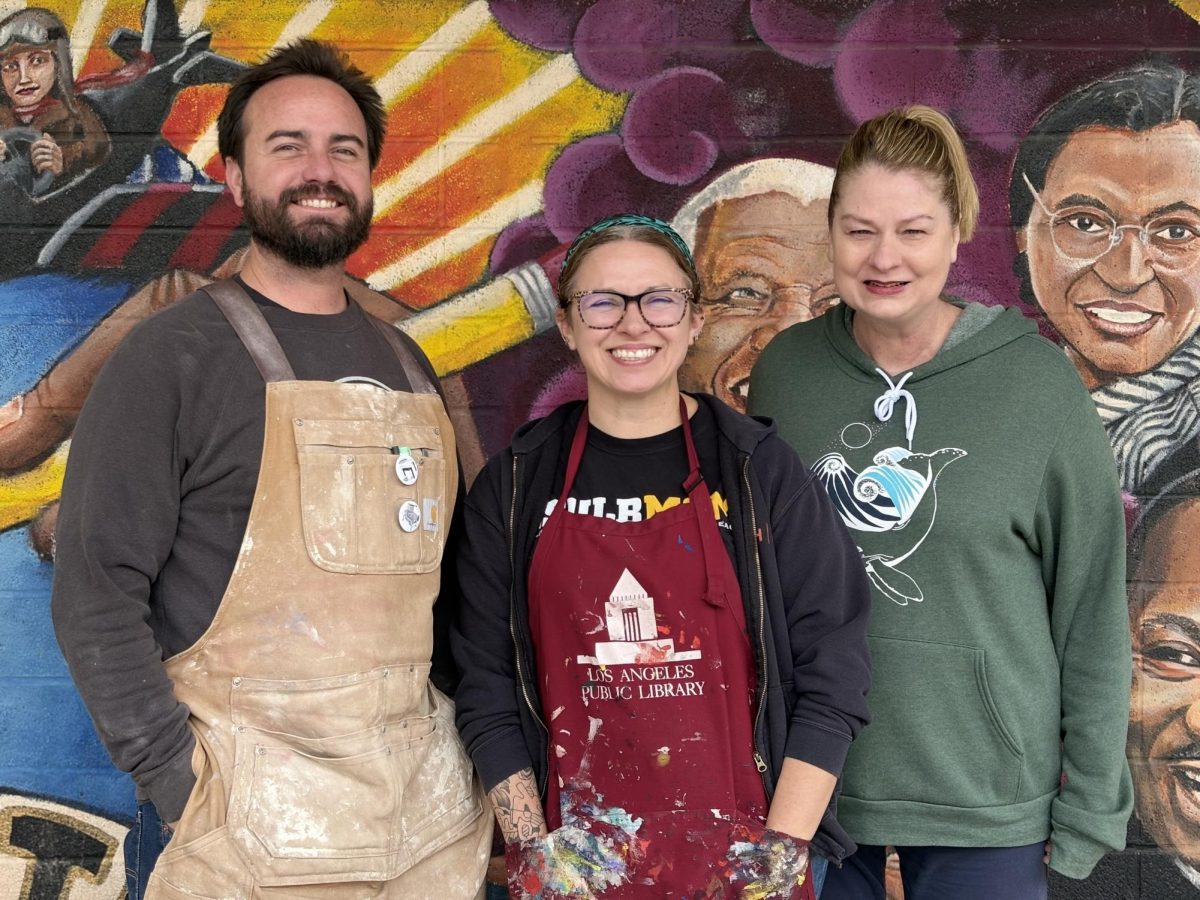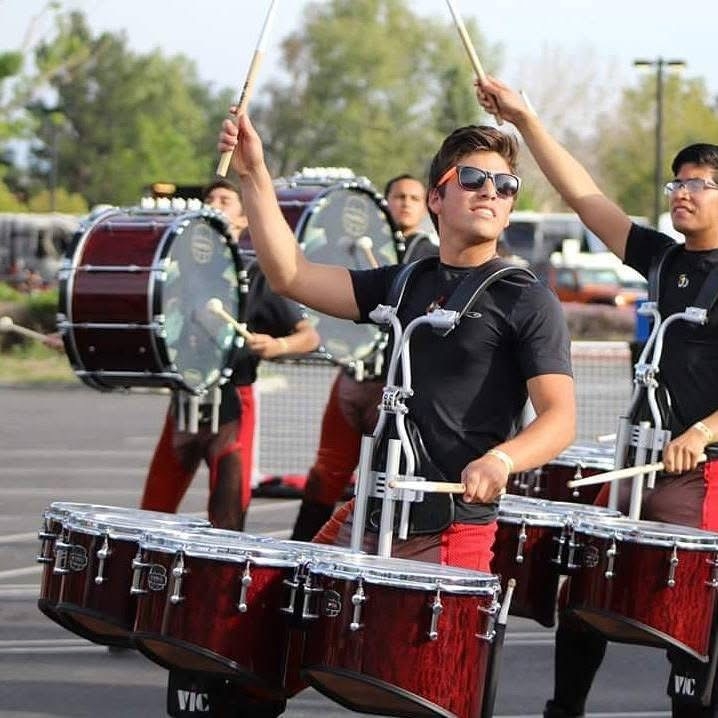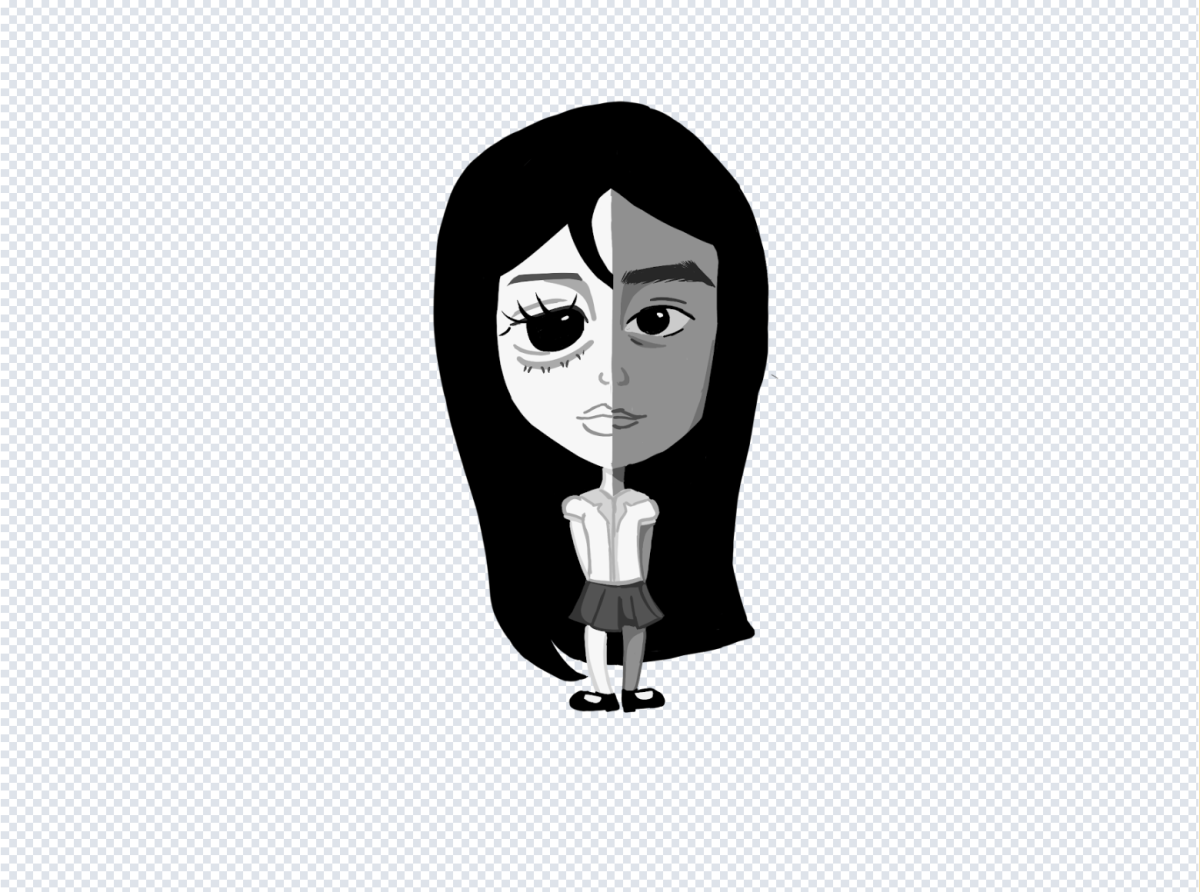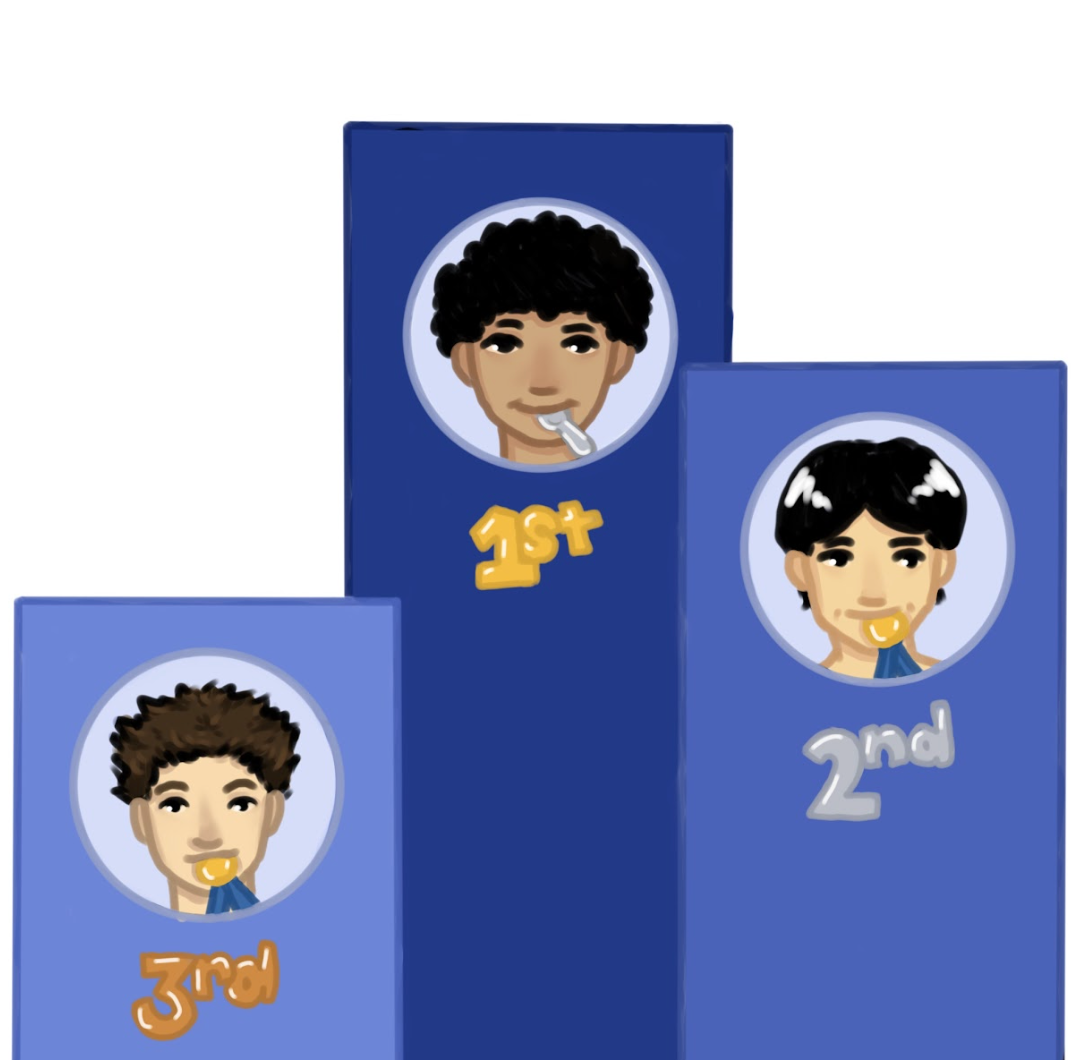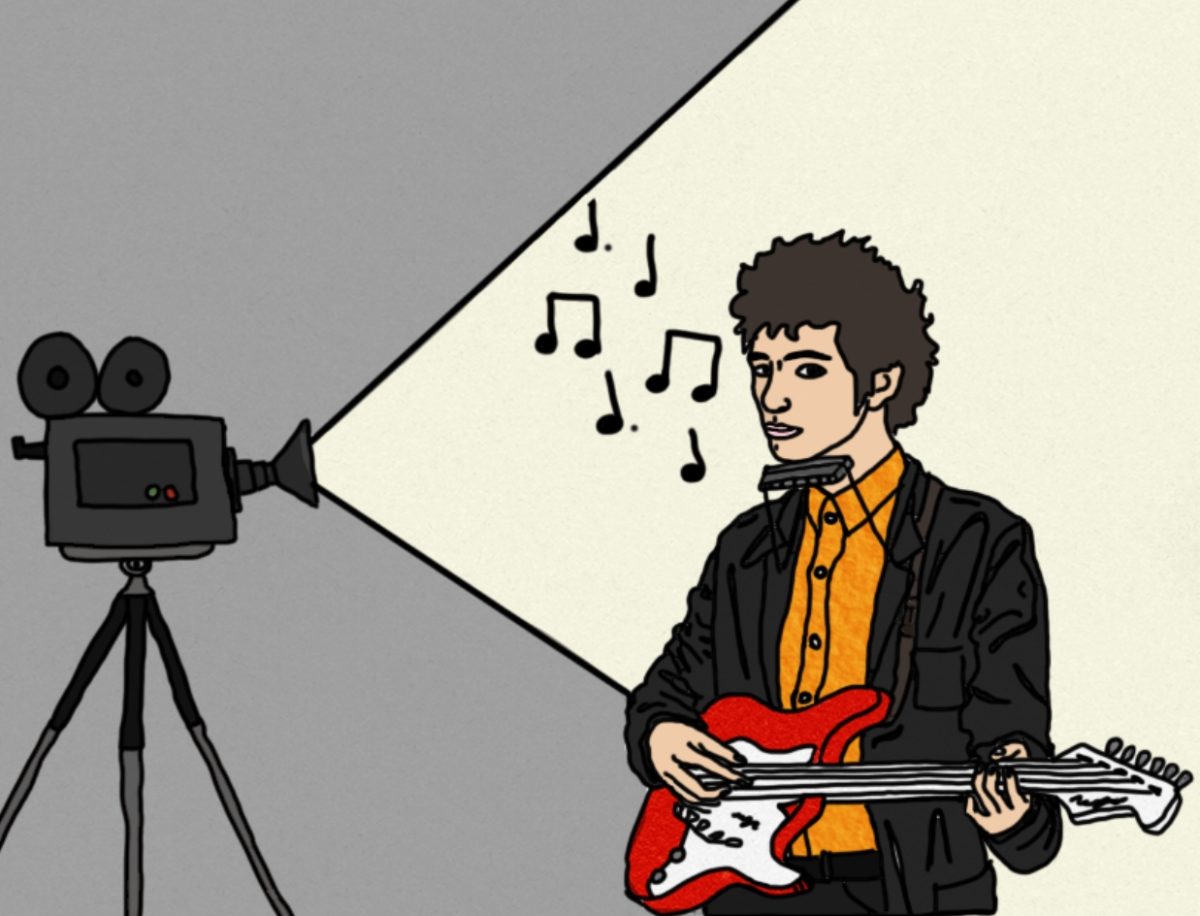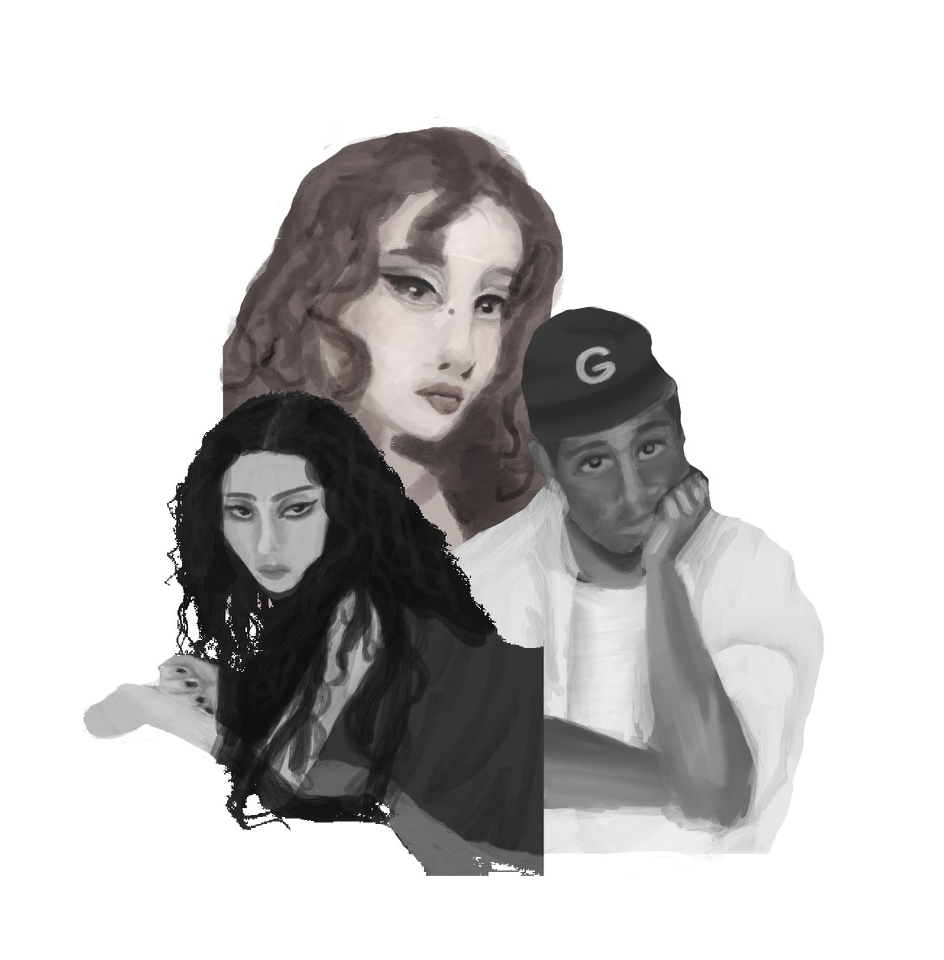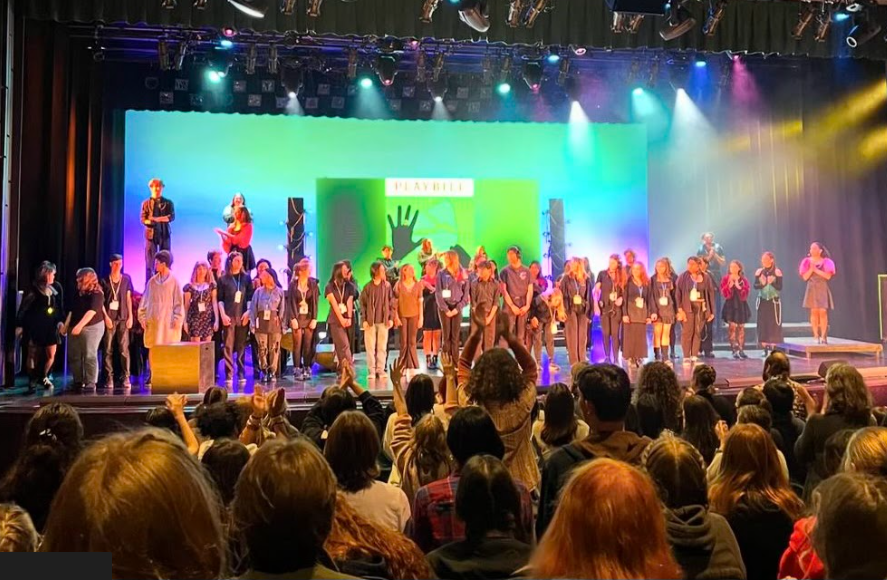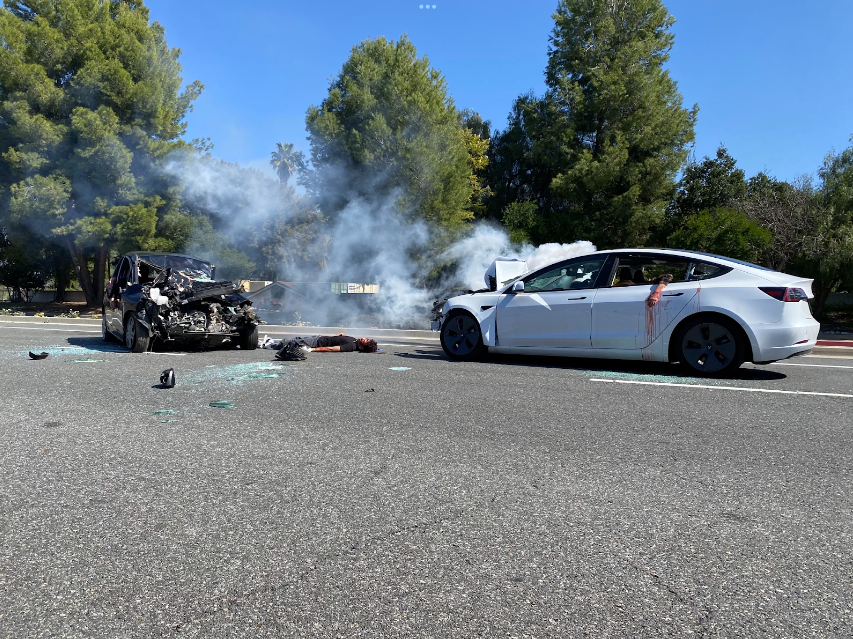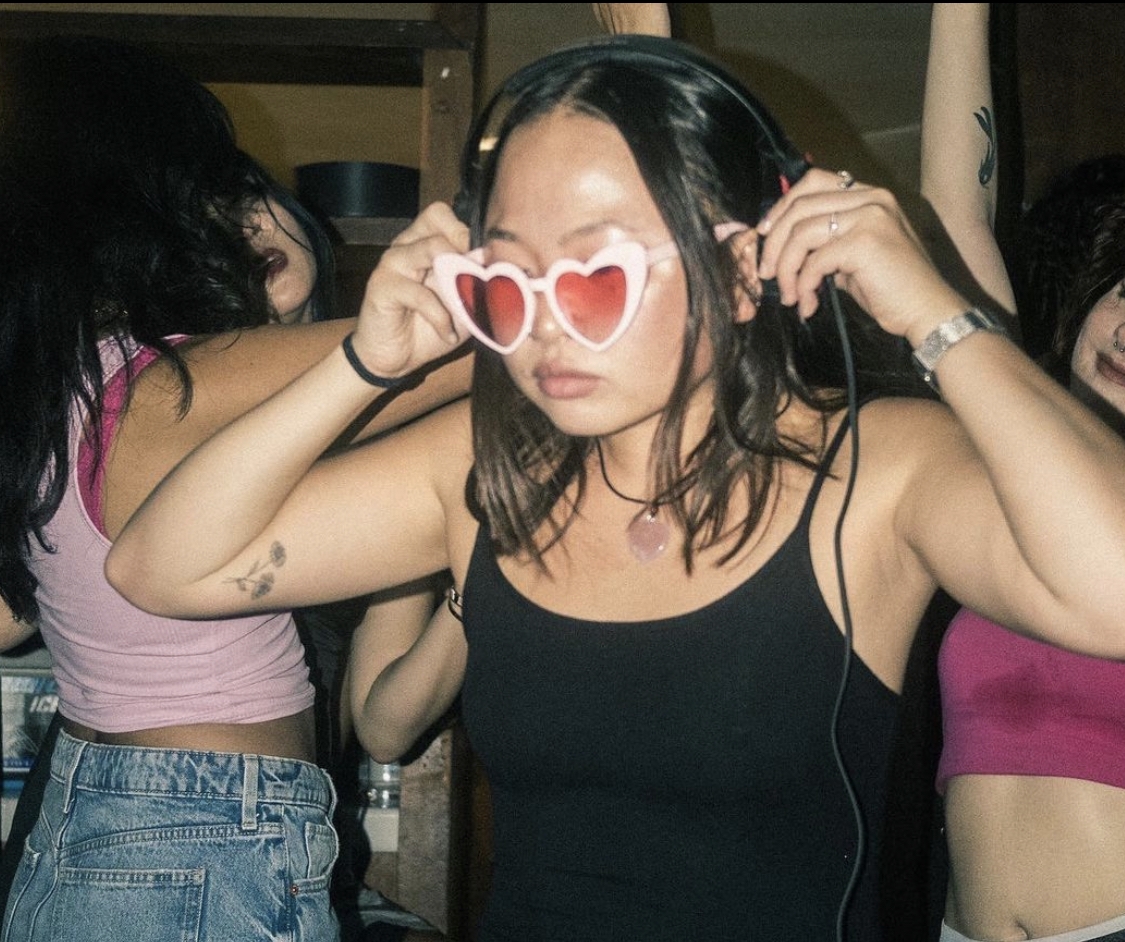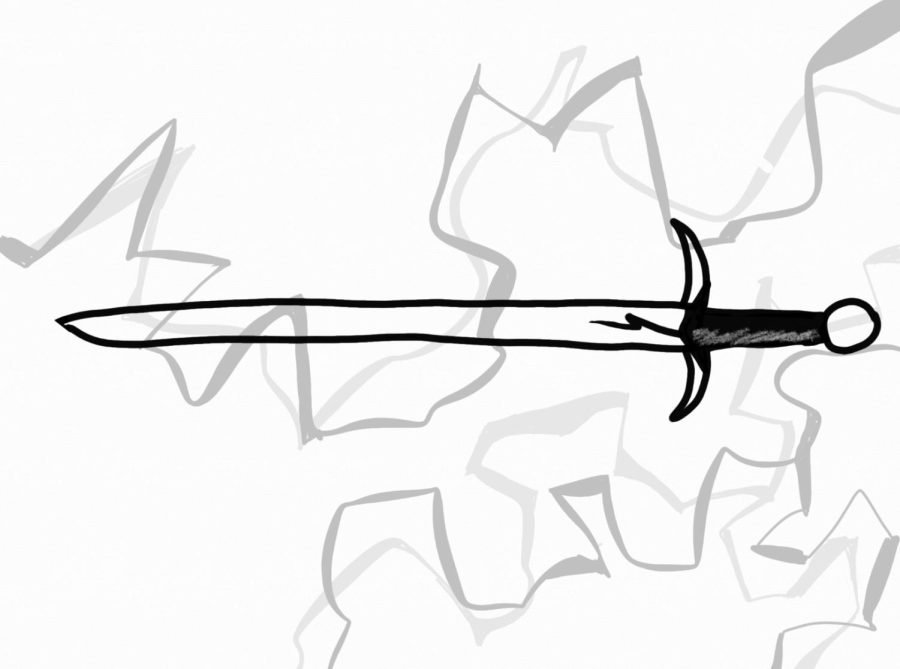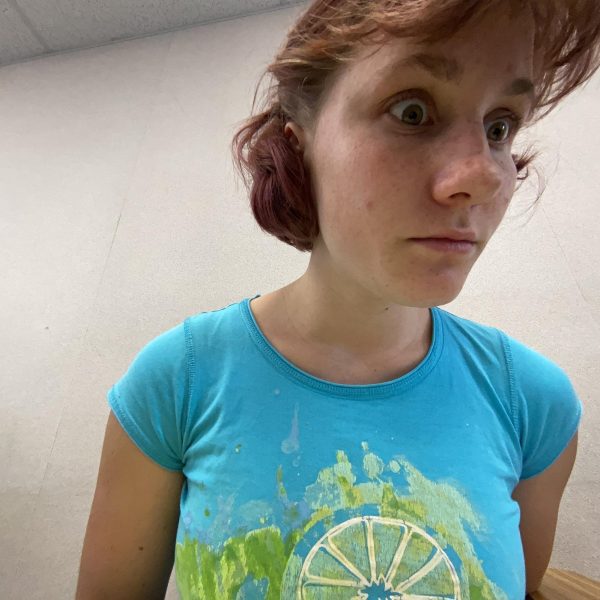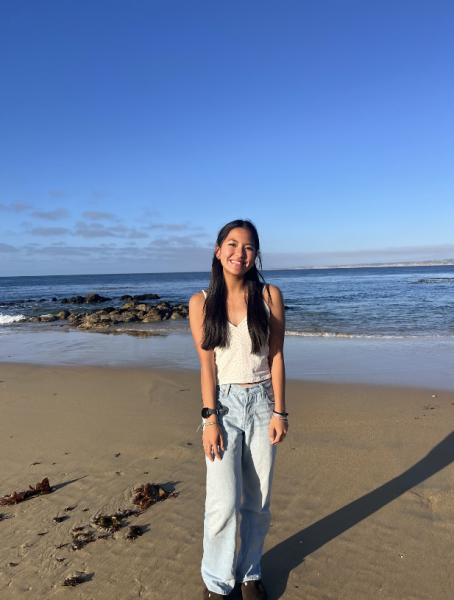When CHS students walk into the art quad they will see ceramics, photography, and visual art classes, but who are the teachers that have committed their time to teenagers’ artistic educations? The art quad teachers’ roles and responsibilities are largely unknown, and their work should not go unrecognized.
In the art quad, there is the trifecta Mr. Dabney the ceramics teacher, Ms. Wonacott the photography teacher, and Ms. Kirkpatrick the visual arts teacher.
…………
Mr. Dabney:
Q: How long have you been teaching?
A: Ten years.
Q: How long have you been teaching at CHS?
A: Four years.
Q: What inspired you to become an art teacher?
A: I wanted to be a ceramics teacher when I was in high school. I also have a history credential, so when I got my history degree, I thought it was a safer route—like I could get a job more easily and have longevity in that field. But once I started teaching, I realized I loved teaching art more, and now I’m teaching art and I love it.
Q: What is your favorite part about being an art teacher?
A: Having students who are ready to learn, engage, and get excited about furthering their techniques and abilities.
Q: What classes do you teach?
A: I teach Ceramics 1, Ceramics 2, AP Studio 3D Design, and IB Visual Art.
Q: What is your favorite part about teaching ceramics?
A: It has always been my favorite medium of art to work with. I feel that students who aren’t necessarily great at drawing can excel in ceramics.
Q: What qualities do you think make a great art teacher?
A: You need to be accepting of everybody’s abilities and understand that not everyone is naturally gifted in art. It’s important to recognize what drives students who aren’t naturally artists or big fans of art—since everyone has to take an art class—so you find ways to engage and inspire them. The goal is to help students enjoy the class and take something meaningful from it.
Q: How do you teach students who have no prior experience in art?
A: I try to meet students where they are. If they aren’t naturally interested in art, I find ways to incorporate their interests—whether that’s sports, comic books, or something else—into their projects. For example, if they love sports, they can make something out of clay that represents a team or sport they like. If they’re more into drawing and not sculpture, I suggest making a basic shape and focusing on painting or drawing on it to highlight their strengths.
Q: What has been your favorite art class?
A: Ceramics has always been my favorite.
Q: How did your teachers inspire you to become an art teacher?
A: My high school ceramics teachers were very accepting of everyone’s uniqueness. They encouraged students to explore their interests rather than just following rigid assignments. That freedom to make projects your own was really inspiring.
Q: How do you bring that same philosophy into your own classroom?
A: Once my students learn the basic skills needed to be successful in ceramics, I give them freedom. If they want to work on the wheel, they have free wheel time. Some students come in at lunch to develop their skills further. If a student struggles with an assignment, I try to adjust it to better suit their strengths so they can still succeed and grow.
Q: Who is your favorite artist?
A: That’s an interesting question! Even though I create ceramics, I actually prefer looking at paintings. I’ve always been a huge fan of Salvador Dalí—his use of color is calming and complementing, and his work feels like a beautiful fever dream.
Q: What draws you to paintings?
A: I think paintings let you see inside the artist’s mind. It’s not just about what they’re depicting—it’s about how they see the world.
Q: How do you bring storytelling into your own artwork?
A: I love making functional pieces and restoring things. I enjoy creating things that are both beautiful and useful.
………….
Ms. Kirkpatrick:
Q: What inspired you to become an art teacher?
A: I’ve always loved working with kids and I’ve always loved art—it was the perfect combination.
Q: What is your teaching philosophy?
A: Art is different from other subjects because there’s no single right answer. We may all start with the same theme or idea, but each student’s work will be completely unique. I love seeing that individuality come through.
Q: What classes do you teach?
A: I teach four levels of drawing and painting—Visual Art, Art Production, Advanced Studio Art, and AP Art.
Q: How do you help students develop their own artistic style?
A: It happens naturally. For example, in Visual Art, we practice drawing from observation. I guide students in seeing shapes, structure, and proportion, but their unique styles always come through.
Q: What’s your favorite class to teach?
A: My advanced classes. In beginner classes, some students are only there because they need an art credit, but in advanced courses, students choose to be there. They’re passionate, they build a great community, and they inspire each other.
Q: What is your background in art?
A: I majored in Studio Art and studied a variety of different mediums. I actually thought I’d find a specific niche in college, but instead, I just fell in love with even more forms of art. I went to Cal State Fullerton, which has a great art education program, so I earned my teaching credential there.
Q: Was there a teacher who influenced you?
A: My high school art teacher was incredibly encouraging and open-minded. I try to bring that same energy to my students—especially at the AP level, where they work on their own artistic concentrations. At that point, I act more as an advisor, helping them refine their personal artistic voice.
Q: What is your favorite type of art?
A: Painting! Any kind of painting. It makes me happy.
Q: What do you love most about teaching?
A: Watching students go from unsure to confident in their work. Seeing that growth is so rewarding.
Q: How has your teaching evolved over the years?
A: When I started, I was very structured because that’s how we’re trained. Over time, I’ve learned to be more flexible. If an assignment isn’t working, I adjust it. COVID also changed everything—teaching art online was a huge challenge, and since then, I’ve had to adapt to students who missed foundational skills during that time.
Q: How do you meet students at their individual skill levels?
A: Many students come in thinking they’re either “good” or “bad” at art, which isn’t true. I always compare it to exercise—if you practice, you improve. No, you might not become a master artist, but you will see progress if you put in the effort.
Q: How do you incorporate art history into your classes?
A: I introduce relevant artists and movements with each project. In advanced classes, students research artists who inspire them and use those influences in their work—without copying, of course!
Q: Who are your favorite artists?
A: I love abstract expressionism—pieces that are abstract but still recognizable. I also love Van Gogh, David Hockney, and Frida Kahlo. It depends on what I’m working on; each artist teaches me something different.
Q: What’s your favorite art museum?
A: Locally, LACMA. But last summer, I went to Paris for the first time and visited the Musée d’Orsay. Seeing the Impressionist and Post-Impressionist pieces I’ve studied and taught for years was incredible.
Q: Can you tell me about the outdoor paintings on campus?
A: Those started as a way to showcase student work. Years ago, we only had a couple of pieces outside, but I wanted to turn it into a tradition. Now, AP and IB students create senior projects to leave behind as part of the school’s public art. The boards rotate every few years to give new students a chance to leave their mark.
………….
Ms. Wonacott:
Q: What classes do you teach?
A: I teach Photography 1 and 2, which are beginning photography classes, as well as Photography 3 and 4, which are advanced. I also teach AP Photography and IB Visual Arts at the higher level.
Q: What inspired you to become an art teacher?
A: When I was in high school, I had two very different art teachers—one was amazing and got me really excited about art history, and the other was so mean she made me cry. The good teacher made me love art, and the bad one made me realize I never wanted to treat students that way. In college, I started out studying costume design, but one day, while visiting an art museum, I had this epiphany about how much I loved art and working with kids. That’s when I knew I wanted to teach.
Q: How does that experience influence your teaching philosophy?
A: I believe that if you’re going to be a teacher, you have to love kids, be flexible, and meet them where they are. My goal is to create a positive and encouraging environment for my students.
Q: What are the most rewarding aspects of teaching photography?
A: Photography is unique because everyone sees the world differently. I love watching students interpret the same subject in completely different ways and seeing their creativity come through.
Q: What do students do in IB Art?
A: IB Art is an all-media art class that I designed. We cover drawing, painting, sculpture, and even sewing techniques. There’s also a strong focus on art history. The class emphasizes the creative process rather than just the final product, encouraging students to appreciate the journey of making art.
Q: What is your favorite part about teaching your students?
A: I always wanted to do something that serves the community. I love art and teaching, but more than anything, I want to be there for my students. I grew up in a difficult situation with financial struggles and trauma, so I know that many students are going through similar things. Art gives them a way to express themselves, and I love being there to support them—not just as artists, but as people.
Q: How have you grown as an art teacher?
A: Personally, I’m pretty shy and can get anxious, so teaching has helped me become a better speaker and advocate for myself and my students.
Q: What are your favorite art mediums?
A: Photography is my favorite, but I also love drawing and painting. It’s hard to choose—I love them all!
Q: What drew you to photography?
A: When I studied art education in college, I had to learn every medium. I really enjoyed working in the darkroom—there’s something scientific about it that fascinated me. Photography felt like the perfect blend of creativity and technical skill, and it contrasted nicely with my love for painting.
Q: What is your favorite part of the photography curriculum?
A: Right now, my favorite is the action photography unit in my beginning class. I’m really hyperactive, so I love when students can move around, jump, and run while learning camera techniques. It’s structured but also full of energy, and everyone has a lot of fun.
Q: How do you meet students at different skill levels?
A: I design my class to be mostly student-driven. I give short instructions—maybe five or ten minutes—then let them work on their own while I help them individually. That way, I can adjust my teaching to their unique needs. In IB Art, we have long discussions about their ideas, the meaning behind their work, and the process they’ll use to create it.
Q: How do you incorporate art history into your classes?
A: I tie it into each unit. For example, my advanced students are currently studying Barbara Kruger, a contemporary artist. In photography, I introduce historical artists related to the techniques we’re learning—like when we do action photography, we look at an artist who worked with Salvador Dalí. In IB Art, art history is deeply integrated into the curriculum, so I structure units around different mediums and the artists who use them.
Q: Who is your favorite artist?
A: For painting, I love Jenny Saville. She creates large-scale paintings of women that challenge traditional beauty standards, which I find really powerful. For photography, I love Ansel Adams—his work with the National Park Service capturing the beauty of the outdoors really speaks to me.
Q: What inspired you to become an artist?
A: I never really thought about it until high school. I’ve always been a little quirky, and I didn’t want to be like everyone else. In middle school, I was still figuring myself out, but in high school, I started dressing differently, thrift shopping, and really embracing my individuality. That led me to explore creativity more seriously, and eventually, I realized art was something I wanted to pursue.
Q: How is it working with the other art teachers on campus?
A: It’s great! We have a really cool dynamic. Our classrooms are all in the same area, and we collaborate a lot. I teach IB Art with Mr. Dabney—he specializes in ceramics while I focus on photography, so students get a well-rounded experience. It’s almost like an open classroom where they can move between spaces and explore different mediums.
Q: What’s the story behind the paintings displayed around campus?
A: The idea started before my time here, but Ms. Kirkpatrick, who has been here the longest, really developed it. She worked with the district and facilities to get the boards prepared and mounted so advanced students could showcase their work. If a painting is really good, it can stay up for years, which allows students to leave a lasting legacy at the school.
Q: Is there anything else you’d like to add?
A: Just that I love what I do, and I love seeing students grow both artistically and personally. Art is such a powerful tool for self-expression, and I feel lucky to be able to share it with my students.




